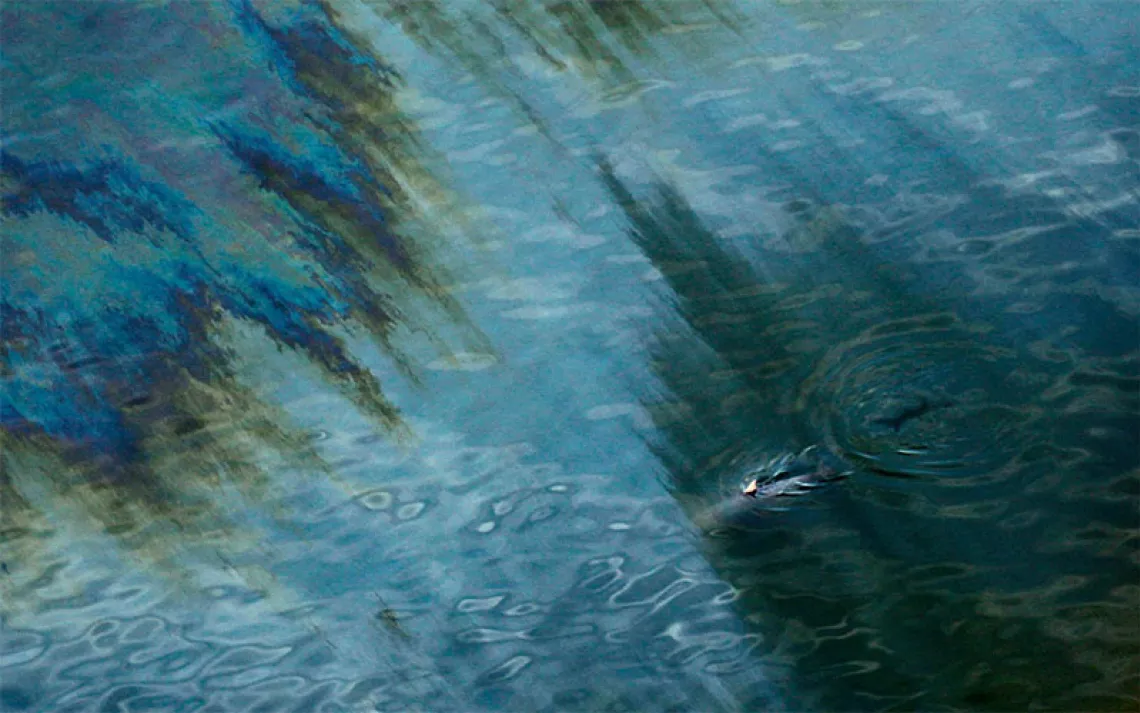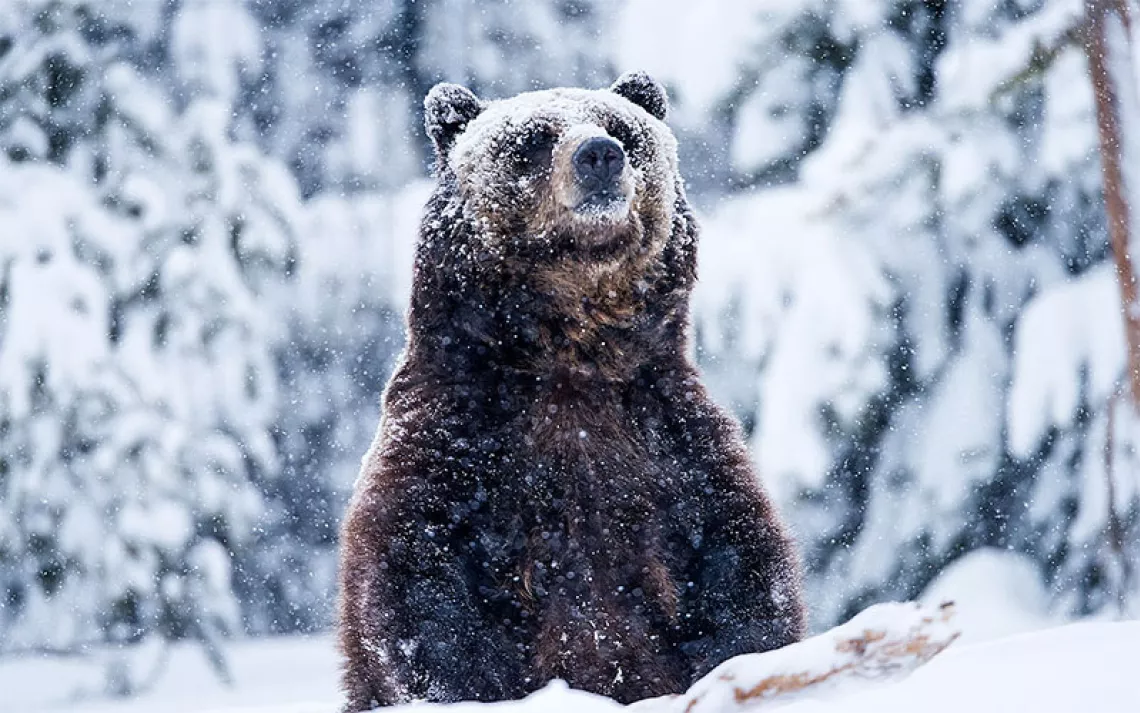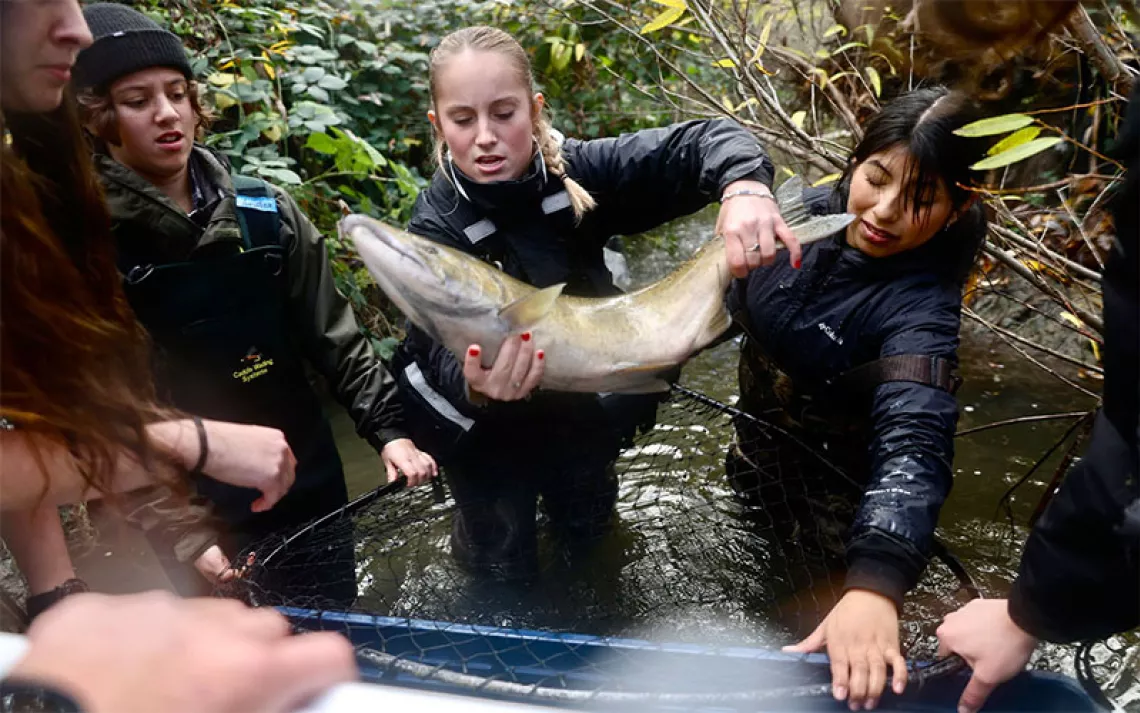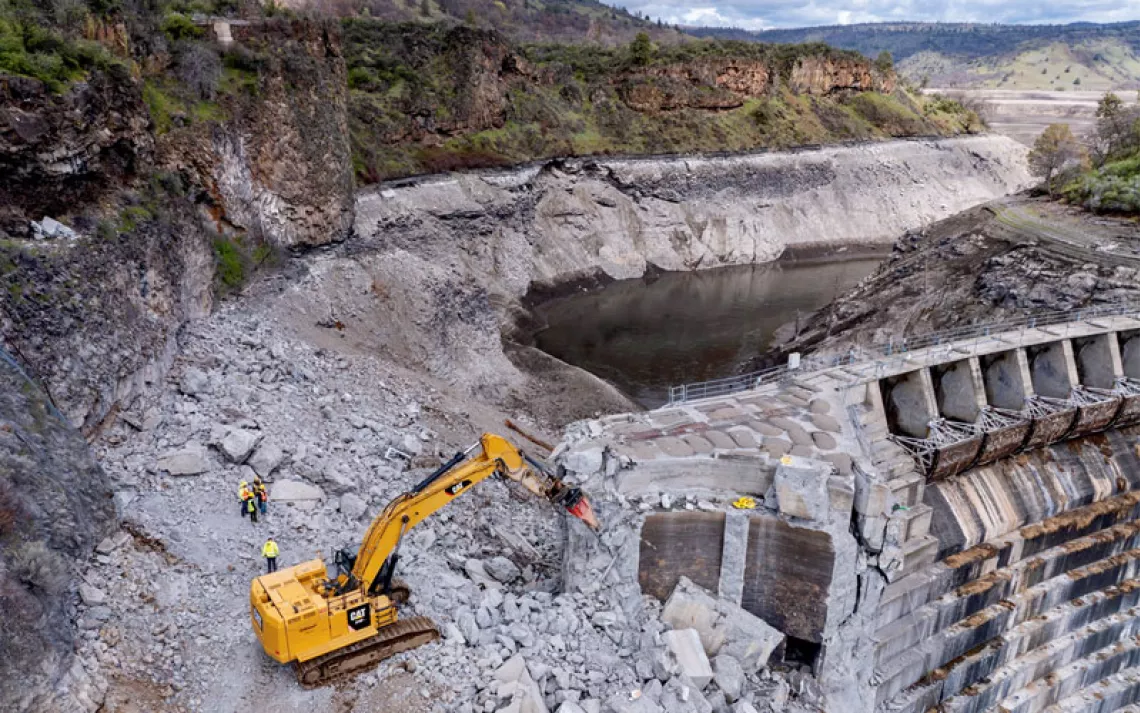President Biden Designates New National Monument Near Grand Canyon
Baaj Nwaavjo I’tah Kukveni—Ancestral Footprints of the Grand Canyon National Monument will honor tribal heritage and protect the area from uranium mining
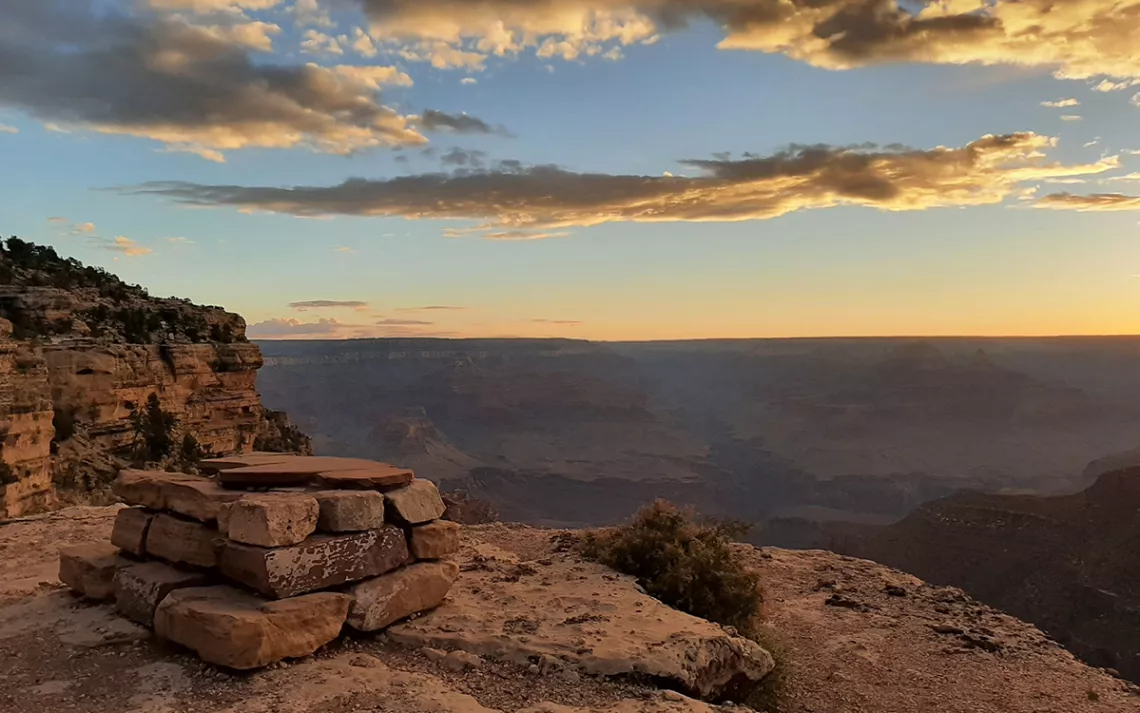
Photo by Nicole Segnini/NPS
Native American nations in the Southwest rejoiced on Tuesday when President Biden created a new national monument that protects federal lands surrounding Grand Canyon National Park. The new Baaj Nwaavjo I’tah Kukveni—Ancestral Footprints of the Grand Canyon National Monument will protect some 917,000 acres of federal land from new mining claims and will also bring added protections to thousands of Native American cultural sites in the area.
"Establishing the Baaj Nwaavjo I’tah Kukveni—Ancestral Footprints of the Grand Canyon National Monument honors our solemn promise to tribal nations to respect sovereignty, preserves America’s iconic landscapes for future generations, and advances my commitment to protect and conserve at least 30 percent of our nation’s land and waters by 2030,” Biden said in a statement Monday.
The presidential designation is the culmination of a decades-long push to create a national monument to preserve tribal heritage and protect vast swaths of the Colorado River watershed from uranium mining. While the gorge of the Grand Canyon and the mainstem of the Colorado River are protected by the national park, much of the surrounding lands have been open to commercial logging and uranium extraction.
Like Bears Ears National Monument in Utah, the new national monument will be comanaged with Native American tribes. Tribal members will be able to exercise their treaty rights, such as hunting, gathering, and practicing religious ceremonies. A dozen Native nations make up the Grand Canyon Tribal Coalition, which earlier this year called on President Biden to permanently protect the watershed around the Colorado River, a water source for nearly 40 million people. The coalition includes the Havasupai, Hopi and Navajo (or Dine), all of whom, along with other nations, consider the area where the monument is located part of their traditional homelands. The name of the monument is a combination of two Indigenous phrases: Baaj Nwaavjo, which means “where tribes roam” in Havasupai, and I’tah Kukveni, which means “our ancestral footprints” in Hopi.
"We have lived in and around the Grand Canyon since time immemorial. Our ancestors were once spread far and wide throughout the region," Havasupai Tribe vice chair Edmond Tilousi said in a statement earlier this year as the campaign for the national monument gained momentum. "Our home is still in the Grand Canyon.... The canyon is a part of each and every Havasupai person. It is our home, it is our land and our water source and our very being."
In total, the new monument includes three locations across US Forest Service and Bureau of Land Management lands: two north of the Grand Canyon and one to its south. This is President Biden’s fifth national monument, and it fulfills a trifecta of campaign promises on Native consultation, land protection, and climate change mitigation. The national monument designation also comes at a time when some environmentalists, who helped propel him to the Oval Office, have been alienated by his support of the Willow oil and gas project in Alaska and the Mountain Valley Pipeline in West Virginia.
Efforts to protect the lands surrounding the Grand Canyon have been ongoing for years. In 2007, Representative Raúl Grijalva, a Democrat from southern Arizona, sponsored legislation to protect a million acres around the Grand Canyon after mining interest in the area spiked. His initial bill passed the House of Representatives, but it never became law. In 2012, the Obama administration issued a 20-year mining ban on federal lands near Grand Canyon National Park. During the final years of the Obama administration, conservation groups campaigned hard for a national monument designation in the area, but their hopes were left unfulfilled.
Earlier this year, Interior Secretary Deb Haaland, who is the first Native American to head the department, visited tribal lands near the site after receiving an invitation from Grijalva and Senator Kristen Sinema, the Arizona independent. The visit served as one of the strongest indications that the Biden administration was interested in adding permanent protections to the area.
"I witnessed the deep connection that the Havasupai people have with the lands and waters that have sustained them since time immemorial," Haaland said on Monday during a press briefing. "It was, and forever will be, one of the most meaningful trips of my life." She went on to say, "These special places are not a pass-through on the way to the Grand Canyon. They are sacred and significant unto their own right. We are in a new era, one in which we honor tribally led conservation, advance co-stewardship, and care about the well-being of Native American people."
In June, Impact Research released a poll showing that three-quarters of 2024 Arizona voters, across parties, support designating a monument around the Grand Canyon.
“The fact remains that across political affiliations and demographics, the support is strong and powerful for permanent protection of the Grand Canyon from uranium mining and extraction in general,” Grijalva said during a press call last week. “Added to this is the need to make sure that we continue to protect the finite resource of water, which is the Colorado River.”
For its part, the mining industry has attempted to defend uranium extraction in the area on the basis of national security, saying that uranium mining is crucial to carbon-free nuclear energy and that too much of the resource comes from Russia. But the designation won’t halt mining altogether. Mining operators with existing claims may very well still be able to operate.
The legacy of uranium mining has taken a toll on public health in the region. In the nearby Navajo Nation, where over 500 uranium zombie mines exist, more than a quarter of residents tested have elevated levels of uranium in their bodies.
While helping to prevent future public health impacts like that from happening, the new national monument, like most public land, is expected to be a boon for tourism and local economies. Annually, nearly 6 million people flock to Grand Canyon National Park, in the process contributing nearly a billion dollars to local communities. Now visitors can hike, bike, mountain climb, and fish in areas within the monument. And unlike mining, which typically has a 20-year lifespan, recreation and tourism can last a lifetime.
“This is a shift, and an important one, where the voices of the people who were the original inhabitants and stewards of these lands are being heard,” Sandy Bahr, the director of the Sierra Club’s Grand Canyon Chapter, said. “They really have a major role in what happens going forward. I think that, for me, is probably the bright ray of sunshine.”
 The Magazine of The Sierra Club
The Magazine of The Sierra Club
